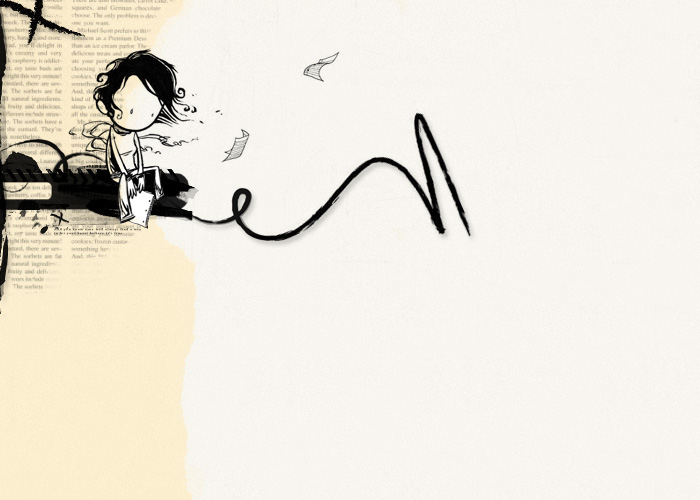Write Drunk, Revise Sober
Friday, December 14, 2007 . 9:45 PM
Hair of the Dog - 12/14/07
Find a book or website that has the names and pictures of flowers. Prowl around outside your home or office and see how many different flowers you can identify. Describe them so that their unique characteristics can be conveyed to people who aren't familiar with these flowers. Try not to make the descriptions dry or scientific; the goal is to get to the essence of the flower rather than simply noting the surface details. You may want to include environmental details such as where the flower is located, what time of day it is, and so on.
0 comments

